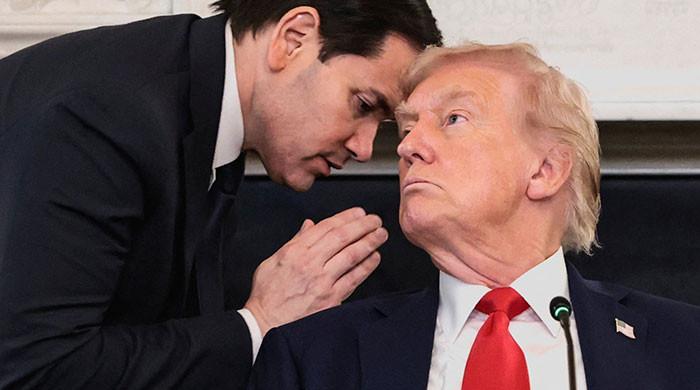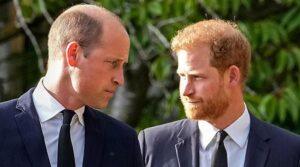WASHINGTON: It was a typically theatrical moment for the man who likes to publicly boast of being the “peacemaker in chief.”
Donald Trump’s top diplomat interrupted a televised meeting at the White House to hand the US president a note and whisper in his ear that a Gaza deal was imminent.
Shortly after, he announced the deal on his Truth Social network. “Blessed are the peacemakers! » he posted.
But while the climax played out in front of journalists, including those from AFP in the room, most of Trump’s efforts took place behind the scenes, as he sought to pressure a reluctant Benjamin Netanyahu and win Arab support.
Pressure on Netanyahu
Seeking an unlikely Nobel Peace Prize and eager to strengthen his legacy, Trump’s approach is different from the blank check he previously considered a key ally, Israel.
When Trump hosted Netanyahu at the White House on September 29 to unveil his 20-point peace plan, he publicly gave the impression of being fully behind the Israeli prime minister.
Trump said that if Hamas did not accept the plan, Israel would have his “full support to finish the job” and destroy the Palestinian militant group.
But privately, Trump was putting obstacles in the way.
First, the plan he presented to Netanyahu and Israeli officials had already been drafted following extensive consultations with Arab and Muslim leaders at the United Nations the previous week.
When Netanyahu was confronted with it, he found there were key areas he had sworn not to accept, including his refusal to allow the creation of a Palestinian state.
Arab unity in the face of the Qatar attack
Trump was also privately angered by the Israeli attack on members of Hamas in Qatar, another US ally, when negotiations were at a sensitive stage. He used Arab unity against the attack to get them all to agree to the plan.
He then ambushed Netanyahu, forcing him to call the Qatari leader from the Oval Office to apologize. Trump even sat holding Netanyahu’s phone while the Israeli leader read from a piece of paper, a photo released by the White House shows.
Politico reported that a senior Qatari official was also in the room during the call to ensure Netanyahu was sticking to script. Trump then signed an extraordinary order giving Qatar security guarantees for the United States.
The move also reflects the close ties Trump has maintained with Arab states during his two presidencies.
During his first term, the United Arab Emirates, Bahrain and Morocco signed the Abraham Accords recognizing Israel.
This time around, Trump’s first major foreign trip was to the Gulf states of Qatar, Egypt and Abu Dhabi – with no stops in Israel.
Take Hamas’ offer
Trump increased the pressure, giving Hamas until October 5 to reach a deal or face “hell.”
Hamas responded shrewdly, playing on Trump’s well-documented promise to secure the release of all hostages held in Gaza. Trump met several times with relatives of the hostages at the White House.
Trump quickly seized on this victory.
He released a video message and, in an unprecedented move for a U.S. president, republished the group’s statement that Washington had designated a terrorist organization.
No mention was made of the fact that Hamas had not fully accepted most of the other points of its plan.
But instead of quibbling over details, Trump pushed Israel, Hamas and their mediators to reach an agreement quickly.
Trump told news outlet Axios that he told Netanyahu: “‘Bibi, this is your chance to win.’ It suited him. He must be okay with that. He has no choice. With me, you must be okay.




